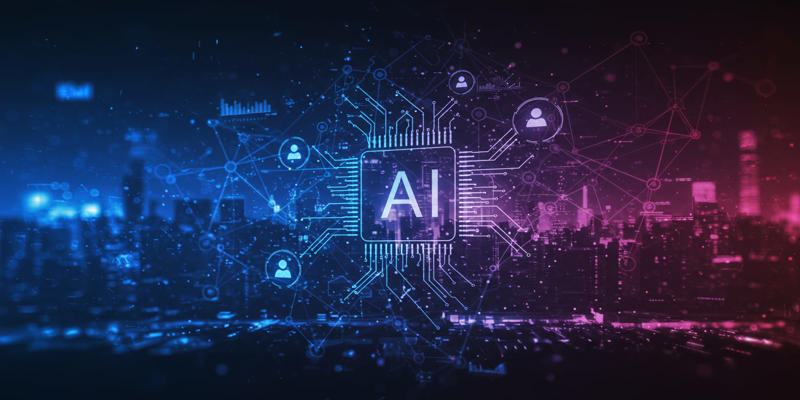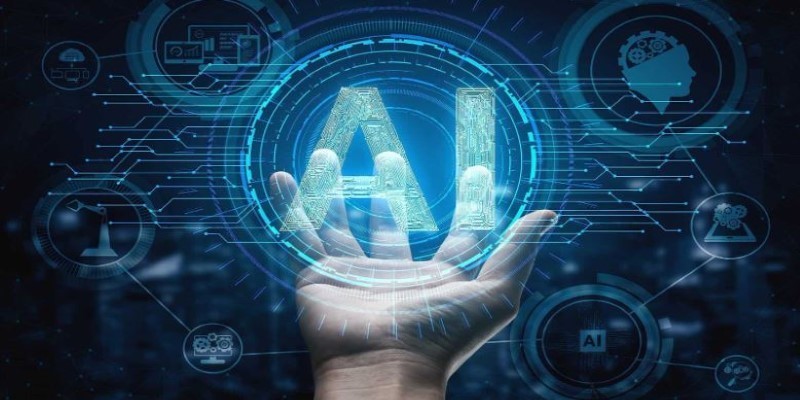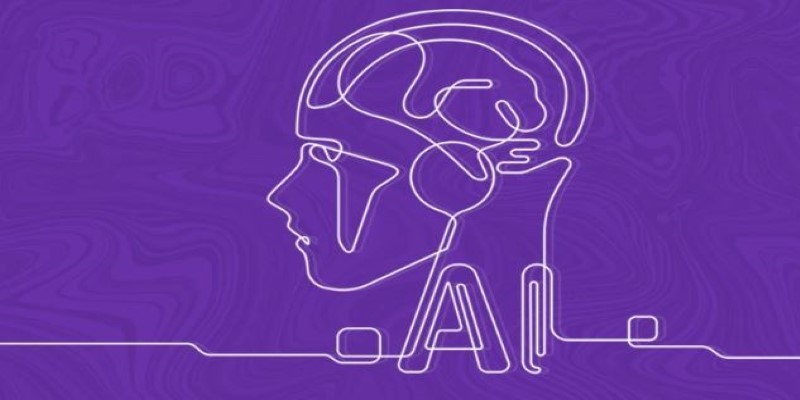Effective change management is no longer just a plus in a world where digital systems need to change quickly and adapt without any problems—but a necessity. As businesses scale and applications span across multiple platforms and databases, managing changes in real-time becomes critical to ensure reliability, performance, and uninterrupted service. It is where Microsoft Drasi steps in.
Drasi is Microsoft’s powerful, open-source tool designed to revolutionize change detection and response across complex data environments. By automating real-time monitoring and reactions, Drasi helps developers and system architects eliminate manual intervention, mitigate failures, and boost system resilience. Let’s dive into what makes Microsoft Drasi such a game-changer in the realm of change management.
At its core, Drasi is a data change processing engine that allows users to define what changes to watch for—and what should happen when those changes are detected. Unlike traditional batch-processing systems or periodic checks, Drasi runs in real-time, powered by Continuous Queries that operate on live data streams.
It makes it ideal for modern, distributed systems where downtime or slow detection can lead to major setbacks. Whether you're tracking updates in a PostgreSQL database or monitoring graphs in Azure Cosmos DB, Drasi simplifies the entire pipeline—from detection to automated response. And the best part? It’s low-code and open-source, welcoming contributions and customizations from a global community of developers.
In complex systems, data changes are frequent, often occurring across multiple services, databases, and environments. Without timely detection and response, these changes can lead to:
For instance, when a customer’s information is updated in a central database, it may need to be reflected instantly across shipping, billing, and support systems. Doing this manually or via delayed batch jobs is inefficient and error-prone. Drasi automates this entire flow—ensuring that updates propagate instantly and reliably across systems, minimizing human involvement and maximizing efficiency.

Drasi’s architecture is built on 3 key components that work in harmony:
These are the systems Drasi monitors for changes. Supported sources include relational databases like PostgreSQL, graph databases like Azure Cosmos Gremlin API, and even change feeds from Debezium or Kubernetes events.
Written in the Cypher Query Language, Continuous Queries are at the heart of Drasi’s operation. These queries run continuously in the background, monitoring for defined change patterns, such as new entries, updates, deletions, or even custom logic across datasets.
When a Continuous Query detects a change, Drasi executes a Reaction—a pre-defined automated task. These could range from triggering an Azure Event Grid event, updating another database, sending notifications via SignalR, or running a stored procedure. Together, these elements make Drasi a declarative, real-time change management framework that requires minimal code but delivers maximum flexibility.
Here’s what sets Drasi apart from other change detection tools:
Drasi’s utility spans across industries and operational functions. Here are some practical applications:
Cloud setups can be complex. Misconfigurations can lead to security loopholes or service outages. Drasi detects these misconfigurations in real time and can auto-correct or escalate issues immediately.
By watching for unusual changes—like unexpected permission updates or data anomalies—Drasi can trigger alerts or automated lockdowns, enhancing your cybersecurity posture.
In cloud-native environments, Drasi can be configured to automatically scale resources or initiate failover processes based on real-time system changes, improving uptime and cost efficiency.
In CI/CD pipelines, Drasi can monitor for configuration or codebase changes and trigger automated builds, tests, or rollbacks, helping teams maintain agility and consistency.
While traditional tools like Nagios, Prometheus, or AWS CloudWatch are great for alerting and resource monitoring, they often fall short in terms of real-time, rule-based data change detection.
Drasi excels because:

One of Drasi’s strengths is how easy it is to get started, especially for developers familiar with modern cloud tools. Here’s a quick roadmap to begin using Drasi in your environment:
Microsoft provides extensive documentation and community resources, making it easy to prototype and integrate Drasi in real-world systems quickly.
As businesses grow more reliant on complex, distributed systems, the need for real-time, automated change detection is more pressing than ever. Microsoft Drasi rises to this challenge, offering an elegant, open-source solution for detecting, monitoring, and reacting to data changes with precision and speed. By combining low-code simplicity with powerful real-time analytics, Drasi empowers developers to build resilient, responsive systems with minimal friction.
Whether you're managing infrastructure, enhancing security, or optimizing DevOps workflows, Drasi is a tool worth exploring and integrating. In the ever-evolving world of technology, being proactive is better than being reactive. With Drasi, you can be both.

With TensorFlow Extended (TFX), learn sentiment analysis using this comprehensive guide for creating and implementing models

Boost teacher productivity with AI-generated lesson plans. Learn how AI lesson planning tools can save time, enhance lesson quality, and improve classroom engagement. Discover the future of teaching with AI in education

From 24/7 support to reducing wait times, personalizing experiences, and lowering costs, AI in customer services does wonders

Explore surprising AI breakthroughs where machines found creative solutions, outsmarting human expectations in unexpected ways

Explore if AI can be an inventor, how copyright laws apply, and what the future holds for AI-generated creations worldwide

Learn the nine biggest benefits of using AI in retail, from personalized experiences to cost savings and smarter decision-making

Get a clear understanding of supervised learning, including how it works, why labeled data matters, and where it's used in the real world—from healthcare to finance

GANs and VAEs demonstrate how synthetic data solves common issues in privacy safety and bias reduction and data availability challenges in AI system development

How logic and reasoning in AI serve as the foundation for smarter, more consistent decision-making in modern artificial intelligence systems

AI Hallucinations happen when AI tools create content that looks accurate but is completely false. Understand why AI generates false information and how to prevent it

Learn AI and machine learning for free in 2025 with these top 10+ courses from leading platforms, universities, and tech experts

Explore the differences between Llama 3 and Llama 3.1. Compare performance, speed, and use cases to choose the best AI model.